60s Radios

Marketed as a radio you could build in a single evening, the Micro-6 brought do-it-yourself electronics into the palm of your hand. This six-transistor AM set came as a self-assembly kit, and its compact design allowed it to be worn on the wrist using an optional nylon strap playfully named the “Transrista”. Launched at a time when transistor radios had already popularised portable listening, the Micro-6 was advertised as the world’s smallest radio, weighing less than an ounce (28 grams) and designed for portable use.
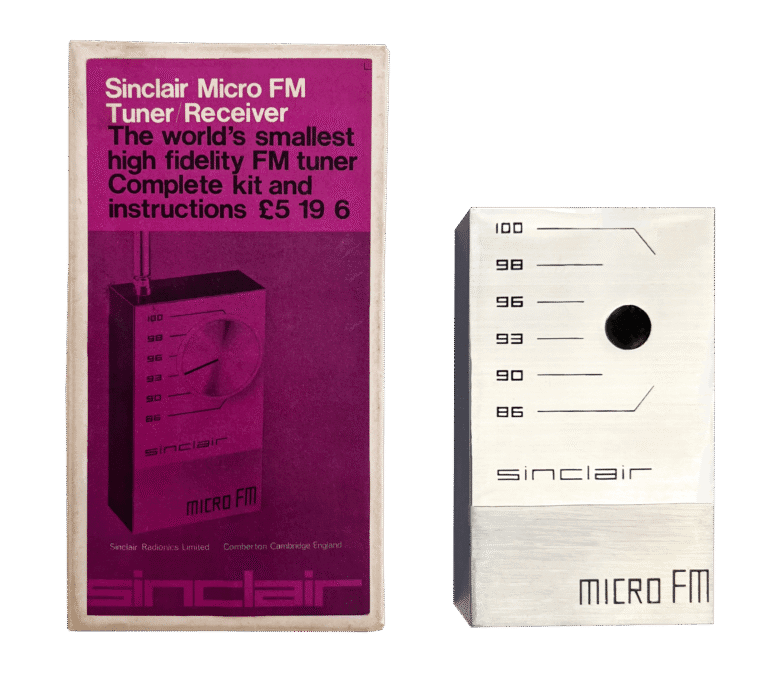
Released a few months after the Micro-6, the Micro-FM was a portable FM radio kit with a brushed aluminium front panel and tuning dial (missing in this example). It was advertised as having seven transistors and was designed for the growing—though still limited—FM radio network in the UK. Sold for home assembly, it reflected Sinclair’s continued focus on miniaturised, user-built electronics at a time when FM broadcasting was expanding and portable listening was gaining popularity
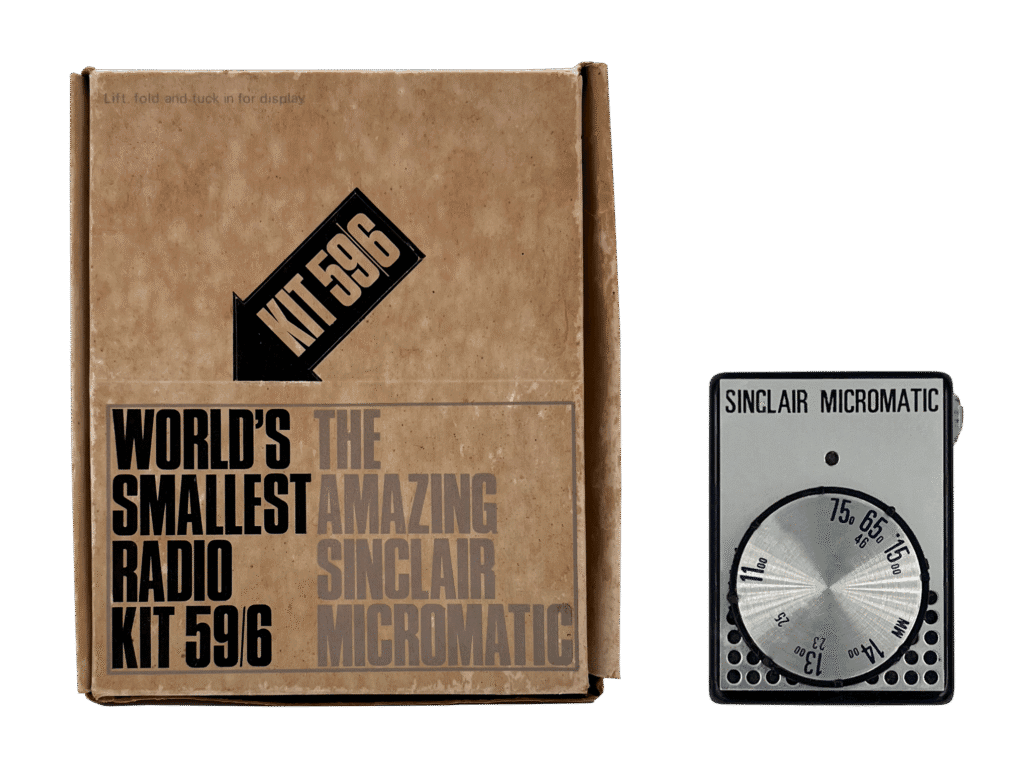
An example of miniaturisation, this pocket-sized AM radio claimed to be the world’s smallest radio. It used a reflex circuit to amplify both radio and audio signals. Despite its tiny form it managed to deliver a broadcast reception directly to an earpiece without an external aerial. Sold assembled or in a boxed kit, its minimalist circuitry and compact form made radio truly portable—reflecting 1960s enthusiasm for affordable, accessible technology.
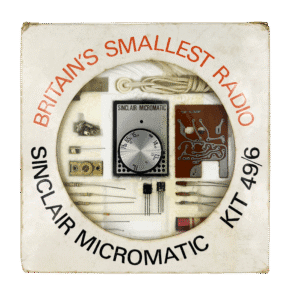
Sold as “Britain’s smallest radio,” this DIY kit let users build a working AM receiver at home. Its internal antenna, compact case, and magnetic earpiece were all designed to fit neatly into a pocket-sized unit. Features like automatic gain control and bandspread tuning were intended to improve reception of popular UK stations such as BBC Radio 1, launched that same year. Cheaper than the ready-built version, it reflected Sinclair’s approach to affordable, self-assembled consumer electronics.
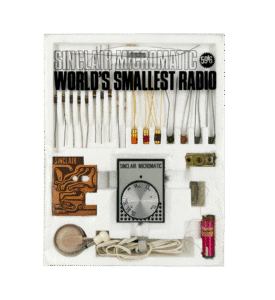
Billed as “the world’s smallest radio,” this kit version of the Micromatic invited users to assemble a fully functional AM receiver at home. Like its sibling kits, it featured a compact plastic case, a built-in aerial, and a magnetic earpiece. The internal circuit used just two transistors and two diodes, offering portable reception without the need for an external aerial. In typical Sinclair fashion, the kit’s price was prominently marked on the packaging—and set lower than that of the ready-assembled version to attract attention.
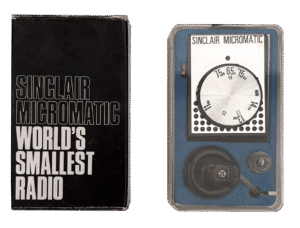
This fully assembled AM radio comes complete with its manufacturer’s original packaging, plastic case, and earpiece. Promoted as the world’s smallest radio, it offered portable listening without the need for an external aerial. Sinclair’s advertising used attention-grabbing titles and comparisons such as placing the device beside a matchbox or wristwatch to highlight its size. Variations in packaging and claims reflected changing trends in how personal electronics were marketed and sold in the 1960s.
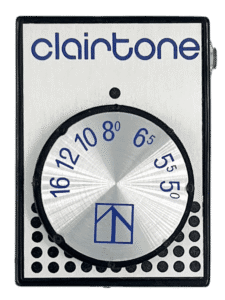
Marketed as “the world’s smallest transistor radio,” this Canadian pocket radio closely echoed the design of Sinclair’s Micromatic. Branded the “Mini Hi-Fi,” it was positioned as both fashion accessory and everyday gadget. Using a similar two-transistor circuit and earpiece output, it offered private listening in a minimalist form. Though slightly different, it showcases how Sinclair’s compact radio designs helped influence international consumer electronics during an era captivated by miniaturisation.
